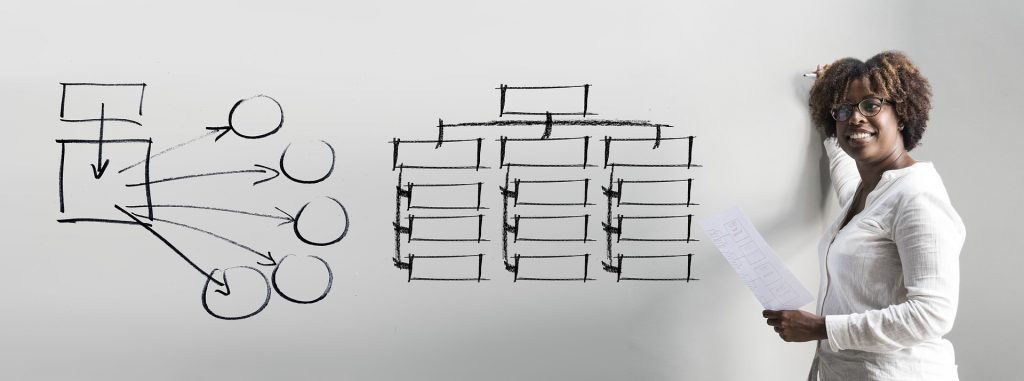
An important issue is to make sure things don’t fall through the cracks, like paying the rent or bills. I write down everything I should or want to do. In Getting Things Done, David Allen suggests taking a weekend where this is all you do, and make sure you have everything, EVERYTHING, covered. I have never done that, but instead, note things as they come up. For items explainable in a few words, I write them down on a small notepad you can buy at any stationery store. Then once I get the chance, I transfer these all to a goals list. For items that require more than a few words, I use a digital recorder. When I have the chance, I transfer the digital recorder files to the computer and organize them on my hard drive.
The reason I don’t use a smartphone, tablet, or computer to jot down ideas, is that a physical notepad or digital recorder is much quicker. Also, transferring many paper notes to the computer in one sitting is more time-efficient for me. Another reason I like the quick and easy notepad or digital recorder capturing method is that in my older middle age, my memory is worse. As I concentrate on finding the right word file, on my dropbox, on my tablet or computer, to enter the information, I forget what information I wanted to record!!!!
What your goals lists are called, or categorized by, depends on your situation. I suggest everyone has a “someday maybe” goals list, which comes from David Allen’s book. The someday-maybe list is for things you would like to do if time or the opportunity permits. Some of my goals lists, basically Microsoft Word files, are groceries, tech problems, sage, and intrepid website, this week, today, short term, medium term, long term, social, and so on. For “the today” word file and this week’s word file and a few others, I break them down into the following priorities: urgent, first, second, and third. If I don’t intend to do things in the third priority section, I take them out and put them in the someday maybe file. Often there are no items in the urgent priority area in my goals files.
There are a couple of significant advantages to the GTD system. The first, as David Allen says, you get it out of your head and into a trusted system. This way, you don’t always need to be thinking about what comes next and can focus on the task at hand. You can be fully present with whatever you are doing, or whoever you are with. To me, this is immense. A second advantage is that it is possible to see the array of things you have to do. You can quickly choose what is “first things first” or select the first-most-important-priority. Perhaps some people can do this in their heads, but I can’t. These two factors together – being able to be present in the moment/task/relationship and focusing on first things first – have helped dropped my anxiety and stress by a large degree.
If you have several vital priorities, I suggest choosing the task you least want to do first, or most want to avoid doing. Brian Tracy has written a whole book about this strategy called Eat That Frog. Choose the time of day when you have the most energy to do the thing you like least. If you are a morning person, I suggest “eating your frog” first thing in the morning. Likely the rest of your day will be much more pleasant and stress-free. If your energy is highest in the evening, then doing the dreaded task at that point may be the best time. This method is a good strategy for dealing with procrastination also. I like to save the most pleasant task for the last – the eating your dessert after the main part of the meal mentality. It gives me something to look forward to and generally makes my day more organized, efficient, and workable.
Bigger goals need to be broken down into tasks, and these tasks may need to be broken into even smaller tasks. Little steps for little feet, or for the feet of people dealing with chronic health challenges. As described above, don’t hesitate to set tasks as small as 15 minutes, especially regarding things about which you are procrastinating. For larger goals, this mindtools.com webpage on S.M.A.R.T. goals might be helpful, or their Goals setting toolkit.
In terms of periods, I break long term goals as two years or more, medium-term goals as six months to two years, and short term goals as six months or less. Of course, this is my way of framing long, medium, and short-term goals. Medium-term goals for you, for example, might be two months to one year. It’s whatever makes sense to you that is important.
Hiya! I simply would like to give an enormous thumbs up for the good info you’ve gotten right here on this post. I might be coming again to your blog for extra soon.
Really enjoyed this blog post.Really looking forward to read more. Cool.
Superb blog! Do you have any helpful hints for aspiring writers? I’m planning to start my own site soon but I’m a little lost on everything. Would you suggest starting with a free platform like WordPress or go for a paid option? There are so many options out there that I’m completely confused .. Any tips? Cheers!